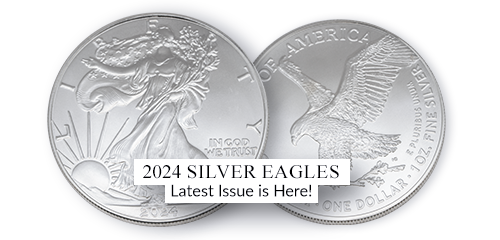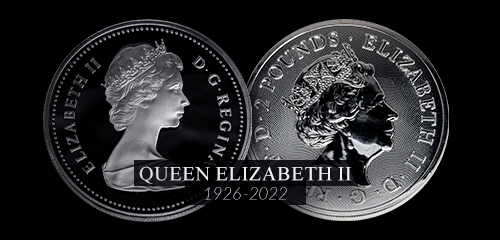|
The History of the Morgan Silver Dollar  The Philadelphia Mint Created in 1792 by the Coinage Act of 1792, the Philadelphia Mint is America’s Oldest Mint. It was also the first Mint to strike the Morgan Silver Dollar. The Morgan Dollar was struck at this mint from 1878-1094, and for one final year in 1921. The Philadelphia Mint Morgan does not bear a mint mark like the other branch mints. The Philadelphia Mint produced over 50% of all Morgan Dollars issued between 1878 and 1921. The Denver Mint The Denver Mint struck its first coins in 1906, and it is still in production today. While it was established by an Act of Congress in 1862, it served as an Assay Office until 1906. The Mint performed no coinage of gold as first intended possibly because of hostilities between the miners and the Native Americans, and the Civil War. The Denver Mint is currently the single largest producer of coins in the world. The Denver Mint Morgan Dollar was minted only in 1921. This mint only struck about 3% of all Morgan Dollars ever issued. It bears the “D” mint mark, and can be found on the back of the coin below the Eagle. The San Francisco Mint Opened in 1854 to serve the gold mines of the California Gold Rush, the San Francisco Mint is still active today. The San Francisco Mint Morgan Dollars are considered to be the finest examples issued in the series. Like the Philadelphia Mint, the San Francisco Mint issued coins throughout the entire series of the product – from 1878-1904, and in 1921. It produced about 17% of all Morgan Dollars minted. The San Francisco Morgan Dollar dears the “S” Mint mark located on the back of the coin below the Eagle. The New Orleans Mint Opened in 1838, the New Orleans Mint closed its doors in 1909. It was also closed from 1861, when Louisiana seceded from the Union and reopened in 1879, partly due to the Bland-Allison Act and the need for additional facilities to mint silver coinage. The New Orleans Mint is the only Southern Mint to strike the Morgan Dollar. Its first year of production was in 1879 and it ended its product in 1904. The New Orleans Mint produced almost 25% of all Morgan Dollars Issued. It can be identified by the “O” Mint Mark located on the back of the coin below the Eagle. The Carson City Mint Created in 1863, the Carson City Mint primarily minted low numbers of silver coins and greater numbers of gold coins. It was established to facilitate the minting of silver coins from the famous Comstock Lode, much in the way the San Francisco Mint was established to facilitate the mining of gold in California. The Carson City Mints doors were closed for good in 1893. Its first year of production of Morgan Silver Dollars was in 1878 and it ceased production from 1885 to 1888, and minted the Morgan again from 1889-1893. Carson City’s 13 years of production only amassed 1.84% of all Morgan Dollars ever made. It bears the “CC” Mint mark, which can be located on the back of the coin below the eagle. The End of the Morgan The Morgan was minted from 1878-1904, and for one final year in 1921. The end of the Morgan was the end of an era. This coin represented the culture and the dream of the “Wild West.” It was the fight for a silver standard, and the push for a growing country, and a growing economy. With the end of the Morgan Dollar, soon followed the end of the silver dollar. The Peace Dollar, which followed the Morgan, never enjoyed the same fame and fortune. Nowadays the Morgan Dollar is America’s most sought after coin. It was the largest silver coin ever issued for circulation in the United States, it was the longest tenured silver coin in United States history, and it has one of the best stories of any collector coin around. These coins are a piece of American History.
|

